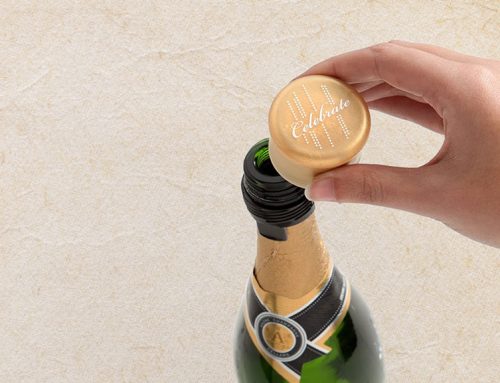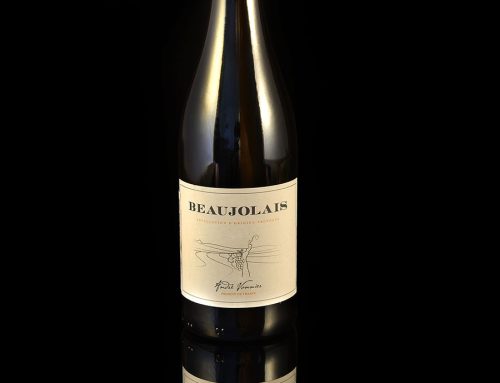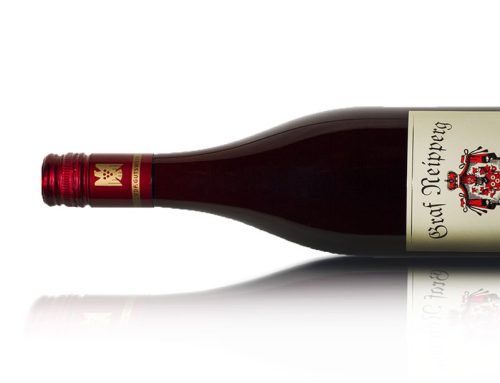
By Mary Ann DeSantis
All-American Zinfandels

The decidedly masculine-sounding labels may create some eye rolls, but the bold flavors of Zinfandel can’t be easily dismissed.
When it comes to big, bold wines, Zinfandels rank near the top. With mouth-gripping tannins and high alcohol content, these red wines remind me of something Ernest Hemingway might have drunk. I describe Zinfandels as “manly” wines because they definitely aren’t for dainty palates. Ironically, the pink version—white Zinfandel—tends to be preferred by novice wine drinkers and the Red Hat ladies, but that’s not the Zinfandel we’re discussing just yet.
Winemakers and producers often market the boldly flavored red wines with masculine descriptors and bottle labels that appeal to guys. Boats, animals, sin, and even sexual innuendo are common. Wine marketers seem to know the importance of shock value when trying to help their bottles stand out on crowded store shelves.
But what about the taste and flavor of Zinfandel? Are they all created equal? Buying Zinfandel can be like Forrest Gump’s box of chocolates. You never know what you are going to get until you pop the cork. Generally, if the Zinfandel grape is grown in cooler areas, the wine will have red berry or raspberry fruit flavors. Warmer areas produce more blackberry, anise, and pepper notes. And, of course, the winemaker’s talents and skills have an effect on the wine’s taste as well.
Zinfandel is as American as Ford trucks. Although the varietal has genetic twins in Italy and Croatia, the cultivation, terroir, and winemaking differences give Zinfandel its own particular flavor profile. The grapes were brought to California during the Gold Rush in the 1850s, and the vineyards thrived because of the state’s climate and soil. According to the Wine Institute, a public policy advocacy association of California wineries, Zinfandel is the third-leading wine grape variety in the state, with more than 47,000 acres planted.
More people are familiar with the pinkish white Zinfandel than they are with the deeply colored red Zinfandels. White Zins account for more than 10 percent of all wine sold by volume in the United States. Although both Zinfandel varieties are made from the same grape, the sweet taste of the blush wine comes from the processing method and added sugar—not from the grape itself. As hard as it is for wine aficionados to take white Zins seriously, they should appreciate that the popularity of the sweet wines was the reason old vines in premium regions were saved.
Old vines are treasured among winemakers because of their hardiness. Roots of old vine Zinfandel can run as deep as 25 feet, whereas younger vines have roots at about six feet. Because of that depth, the old vines adjust to producing better grapes whether it’s a rainy or a dry year.
Once considered a “jug” wine, Zinfandel is now internationally recognized for its unique character and high-quality winemaking techniques. Quite a few good ones are available locally—with or without manly sounding names.
Recommendations:
If you are looking for some wines with “manly” labels for Father’s Day, the man in your life will be proud to share these Zinfandels with his buddies:
Cigar Old Vine Zinfandel, 2015: Produced by Cosentino Winery, this big, bold wine from Lodi, California, exudes confidence and elegance with rich, ripe fruit flavors. I kept expecting tobacco flavors, but I tasted nutmeg, coffee, and chocolate. It has a long finish and was the perfect match for a barbecue dinner. (Suggested retail, $19.99)
Dry Creek Heritage Vines Zinfandel, 2015: Sonoma’s Dry Creek Vineyard produces consistently good wines year after year, and this Zinfandel blend lives up to Dry Creek’s reputation. The wine was smooth and well-balanced with a silky finish. Interestingly, heritage vines are the result of grafting budwood from century-old vines onto new rootstock, forever preserving the “heritage” of old vines. (Suggested retail: $19.99)
Murphy-Goode Liar’s Dice Zinfandel, 2013: Another Sonoma County favorite, Liar’s Dice has a spicy aroma that I picked up as soon as I poured a glass. Delicious with or without food, this wine has a great backstory. Over a friendly game of Liar’s Dice, the three founders decided to create a winery more than 30 years ago. The fun continues on the website with “man-iversary” suggestions for 30 things every man should own: murphygoodewinery.com/blog/30-things-every-guy-should-own. (Suggested retail, $18)
The Grape: Zinfandel
One of the oldest grape varieties in California, these thick-skinned black grapes have strong flavors and aromas of berries. In fact, many wine connoisseurs describe them as jammy in character. They are high in alcohol content, often producing wines with more than 16 percent alcohol. Some California vines are more than 150 years old and still produce grapes (known as old vine Zinfandel).
Pairing Suggestion: Barbecue Baby-back ribs
Many chefs pair Zinfandels with lamb because the wines stand up to the rich flavors in the meat. However, my favorite pairings usually include meats with tangy, gooey barbecue sauces. Baby-back pork ribs and smoky baked beans were a summer evening delight when served with Cigar Old Vine Zinfandel.







